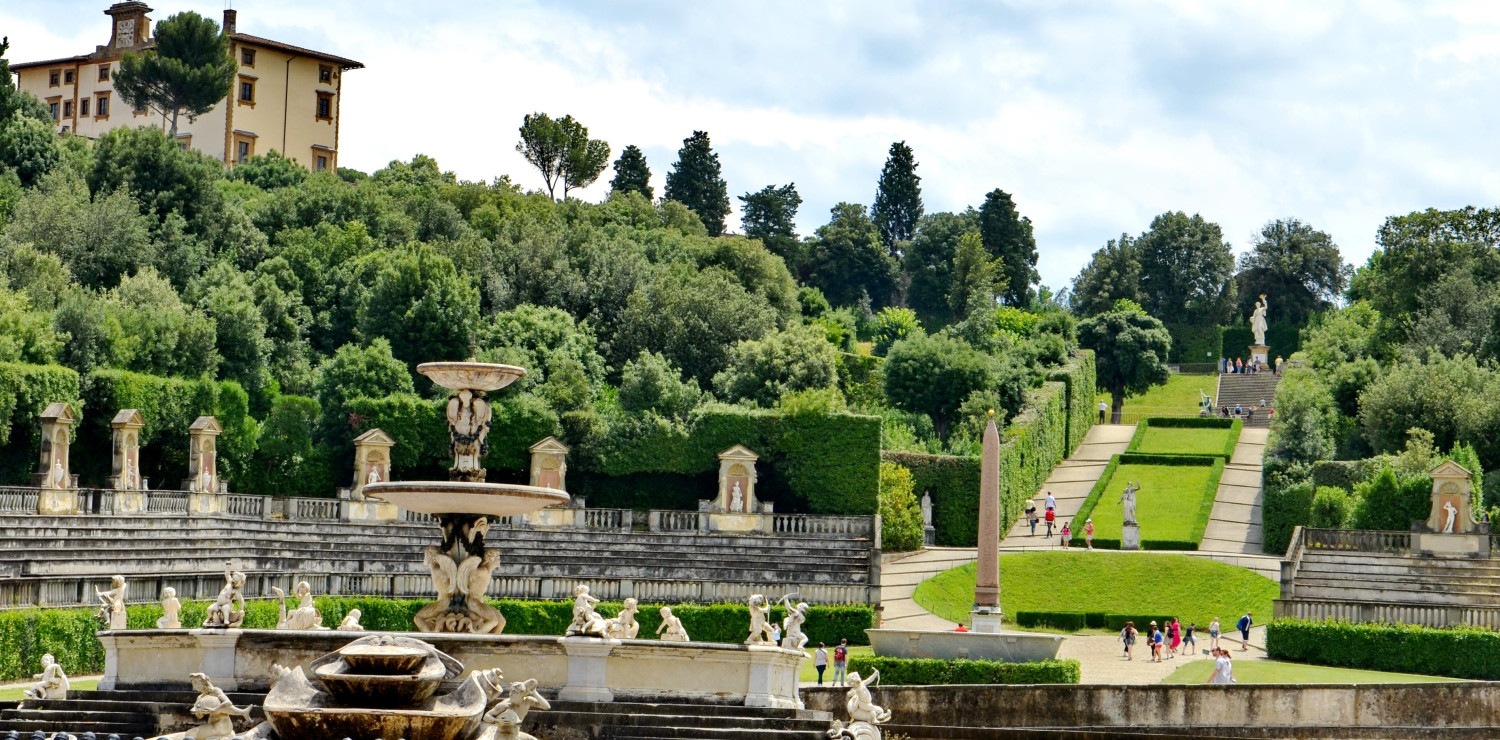Boboli Gardens: history and curiosities of Florence's green lungs
All you need to know about one of the largest and most elegant Italian gardens in the world
With its 45,000 square metres, Boboli is one of the most spectacular examples of Italian gardens. Through the Vasari Corridor (which you can find out more about here with a video), it is directly connected to the Uffizi (here our itinerary to discover one of the world's most famous museums).
Inside Boboli there is also a secret corner, never open to the public, which is now ready to welcome visitors after a long and complex restoration: the Camellia Garden. This small green space, created in the shadow of the ramparts that divide the courtyard of the Pitti Palace from the Medici park and protected by walls, was created around the middle of the 17th century for Grand Duke Ferdinand II de' Medici's younger brother, Prince Mattias de' Medici. In addition to the 19th-century collection of camellias, the typically 17th-century architectural structure of this space is of particular interest. It can be entered as part of escorted tours, for which no reservations will be needed, during April and May: they will take place from Tuesday to Sunday, and there will be three in the morning and three in the afternoon (at 11 a.m., 12 p.m., 1 p.m. and 3 p.m., 4 p.m., 5 p.m., respectively), for a maximum of 15 people at a time.
Built from 1418, when Luca Pitti bought the land, until the modifications made by the Savoys in the 19th century. Fountains and labyrinths, ragnias and galleries of branches, rural statues, grottoes and casini make Boboli a great open-air museum. The oldest part extends eastwards from the grotto of Moses to the Giardino del Cavaliere.
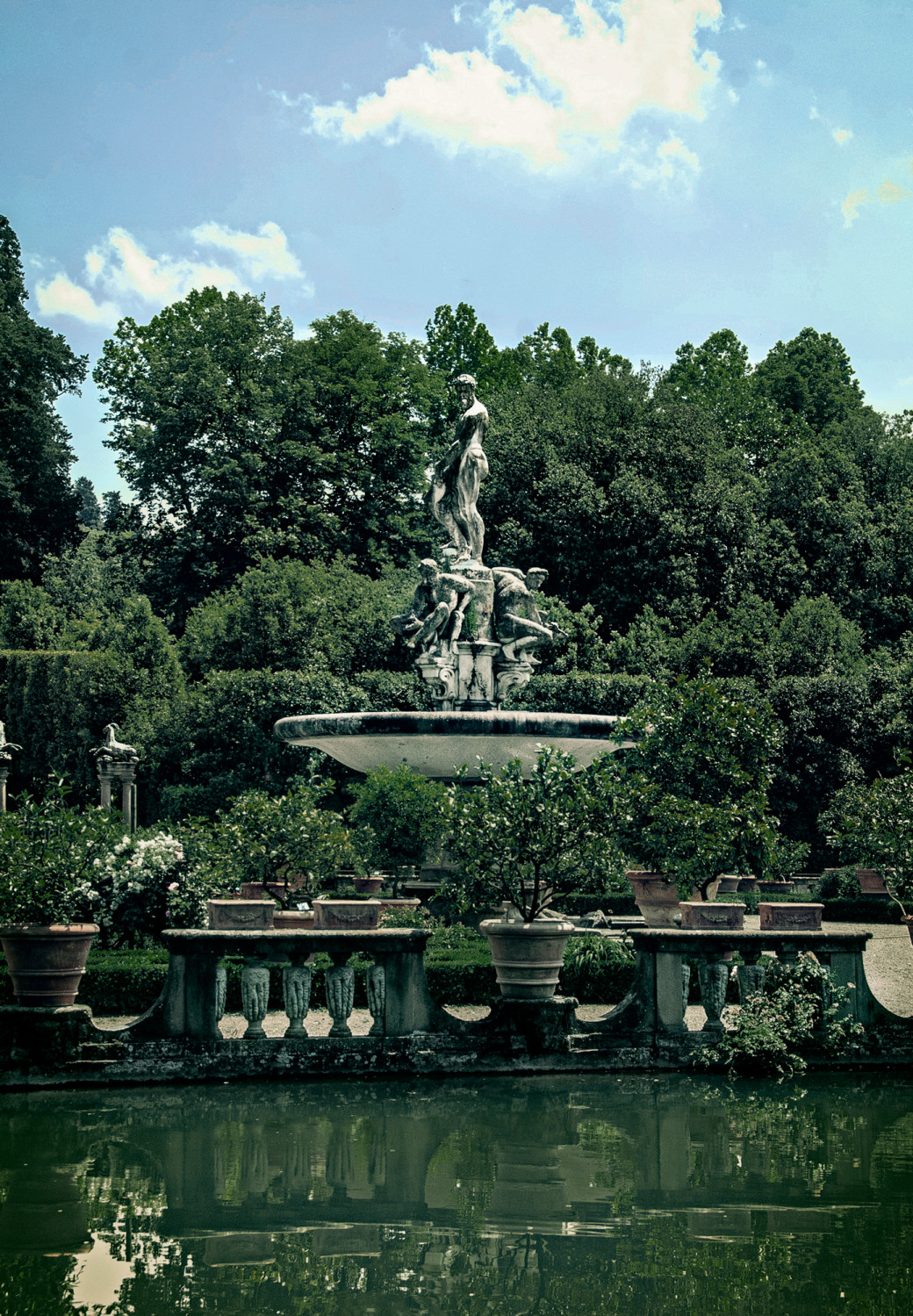 The Boboli Garden
The Boboli Garden The extension, commissioned by Cosimo II, ideally bypasses the fortification created by Cosimo I for the war against Siena and, winding towards the south, touches Porta Romana. It was Niccolò Pericoli, known as Tribolo, Cosimo's trusted architect of verandas, who harmonised the large space by dividing it into orthogonal compartments with boxwood and fruit trees, but it was Ammannati's genius to transform the pietraforte quarry into an amphitheatre, first with hedges and then with masonry.
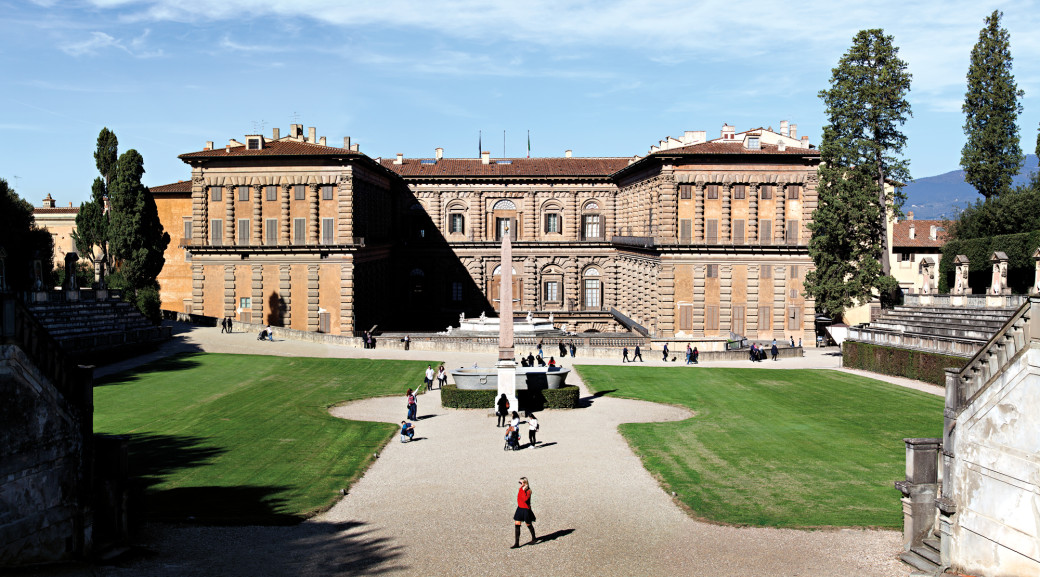 The Boboli Gardens from its entrance to the Pitti Palace
The Boboli Gardens from its entrance to the Pitti PalaceIt is from here, with the artichoke fountain behind you, that you pass the Egyptian obelisk, the Fountain of the Pitchfork and up to the bastion, built by Michelangelo during the siege, on which the garden of the Cavaliere rests and in whose basement a large water cistern was used to irrigate the whole garden. But your visit will only be complete once you have been drawn to the Grotta Grande. The result of the alchemic mind of Francesco I and his alter ego Buontalenti, it is a sort of initiatory journey towards Mannerist beauty capable of reinventing and surpassing nature.
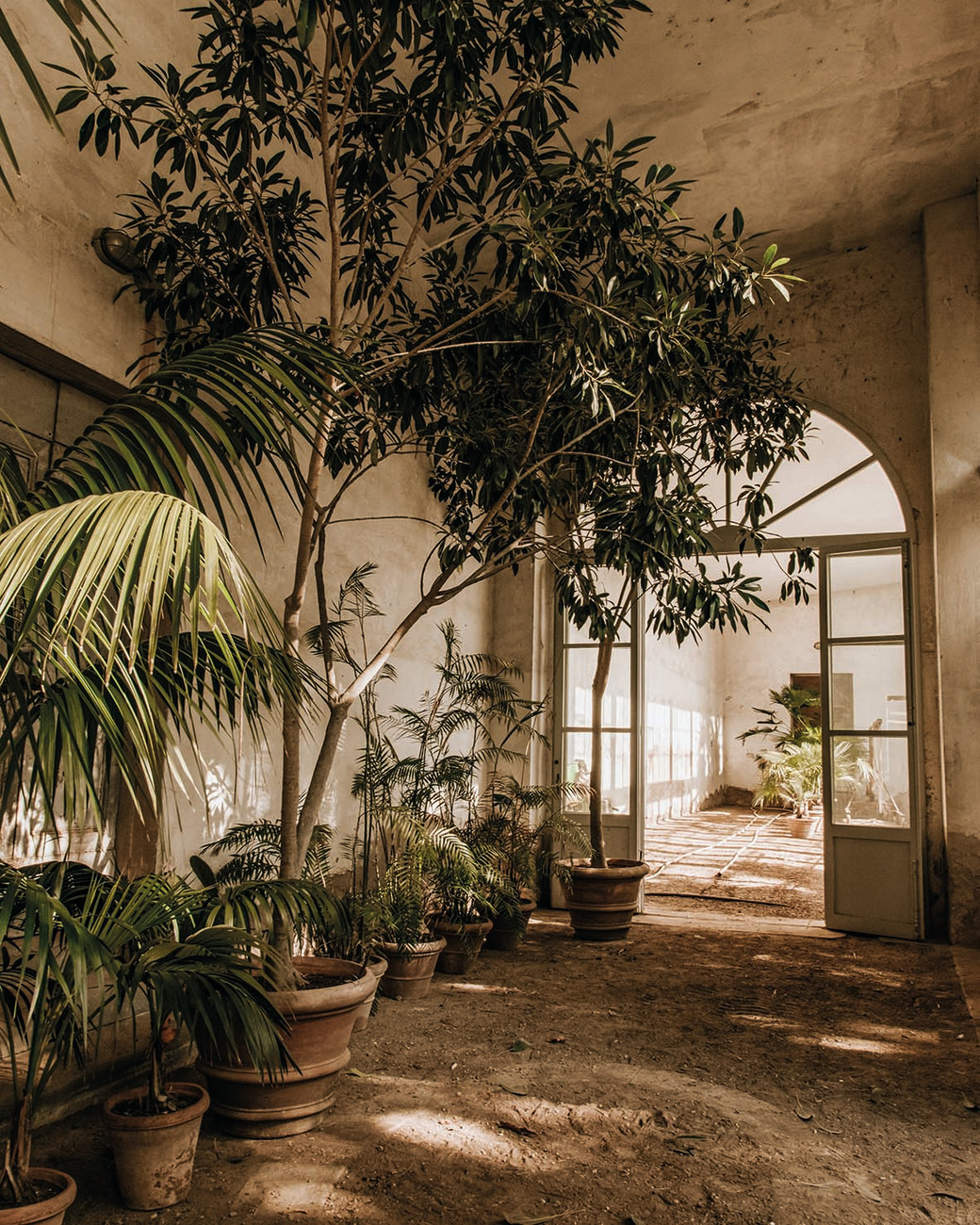 Boboli Gardens
Boboli GardensThe three rooms, frescoed by Bernardino Poccetti, offer rural scenes; the walls, encrusted with stalactites, were sprayed with water from hidden fountains; while Michelangelo's prisons (now a copy), introduce the interior where we first encounter the statue of Paris abducting Helen and then end up in the presence of a demure Venus, by Giambologna, emerging from the bath. An astonishing tour greeted by the dwarf Morgante, Cosimo I's favourite jester, who offers himself old and naked astride the Grand Ducal tortoise.
The park commissioned in the 16th century by Duchess Eleanor of Toledo this year and in the coming years will become the focus of a powerful programme of interventions that will make it even more beautiful, accessible and environmentally sustainable.
Meanwhile, the architectural renovation of the historic Kaffeehaus has been completed, work that included the restoration of the 18th-century frescoes and the installation of a new air conditioning and lighting system. After years of being closed to the public, the charming grand-ducal cafeteria will reopen in October, equipped with a counter, tables inside and outside, and toilets, and will feature a large garden and a panoramic terrace overlooking the breathtaking panorama of Florence.
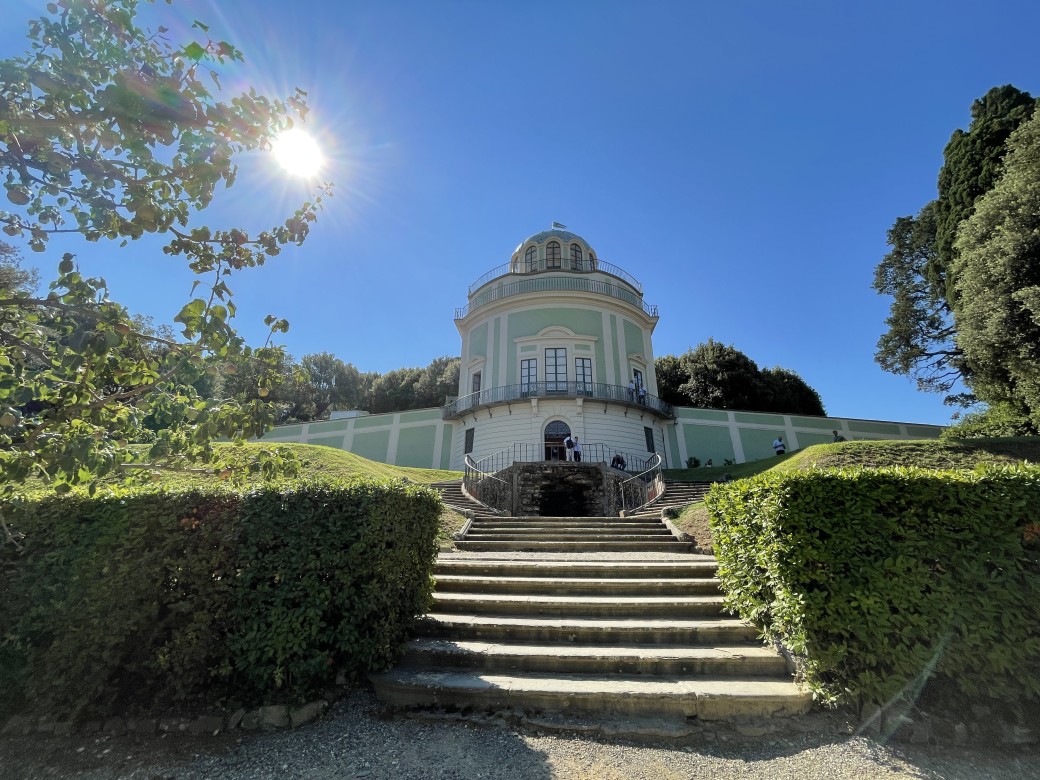 Kaffeehaus al Giardino di Boboli
Kaffeehaus al Giardino di Boboli






